Black Lesbian Resistance and Resilience
By Sheila Alexander-Reid
Editors’ Note: This herstory was written and read by Sheila Alexander-Reid, founder of the Women in the Life Association, to millennial Black queer women and Black lesbians who honored her at a 2018 Black History Month celebration of community activist elders in the District of Columbia. The Feminist Wire is pleased to publish this affirmation of Black lesbian herstory on February 18, 2019, the 85th birthday of the late Black, Lesbian, Feminist, Mother, Warrior, Poet, Audre Lorde.
“Some of Us Did Not Die
June Jordan, Some Of Us Did Not Die: Selected Essays, Civets Books
We’re Still Here”
I open with the above quote from the acclaimed Black feminist, bisexual, poet, essayist, and playwright June Jordan because the Black lesbian community is facing erasure in the age of the queer generation. I am inspired by this new cadre of Black queer-led organizations driving the conversation in our communities. You all are doing racial justice work thru a Black radical, queer, feminist lens, and we also need to ensure that there is always intergenerational continuity.
This is precisely why I am elated to be honored along with my dear friends and colleagues Dr. Imani Woody, and Rayceen Pendarvis by GildaPapoose Collective, MelaNation and BYP100 DC for our contributions to the Black Queer Community. You are all dedicated visionaries, fierce activists, and compassionately committed organizers. We are in an intergenerational relay race for our survival. I received the baton from Black lesbian and gay elders who preceded me in the early 1990s. I’m still in this race and I joyously forward the baton to all of you knowing that you will run longer and farther than I will see in my lifetime.
In 1992, I started Women in the Life, Inc., an events management company that created safe spaces for Black lesbians to interact through dance parties, concerts, fundraisers, and open mic poetry sessions in over 50 locations in Washington, D.C. alone, not to mention Baltimore, Philadelphia, New York, and Atlanta. Some of the many artists featured at Women in the Life events included Grace Jones, C+C Music Factory, CeCe Peniston, Meshell
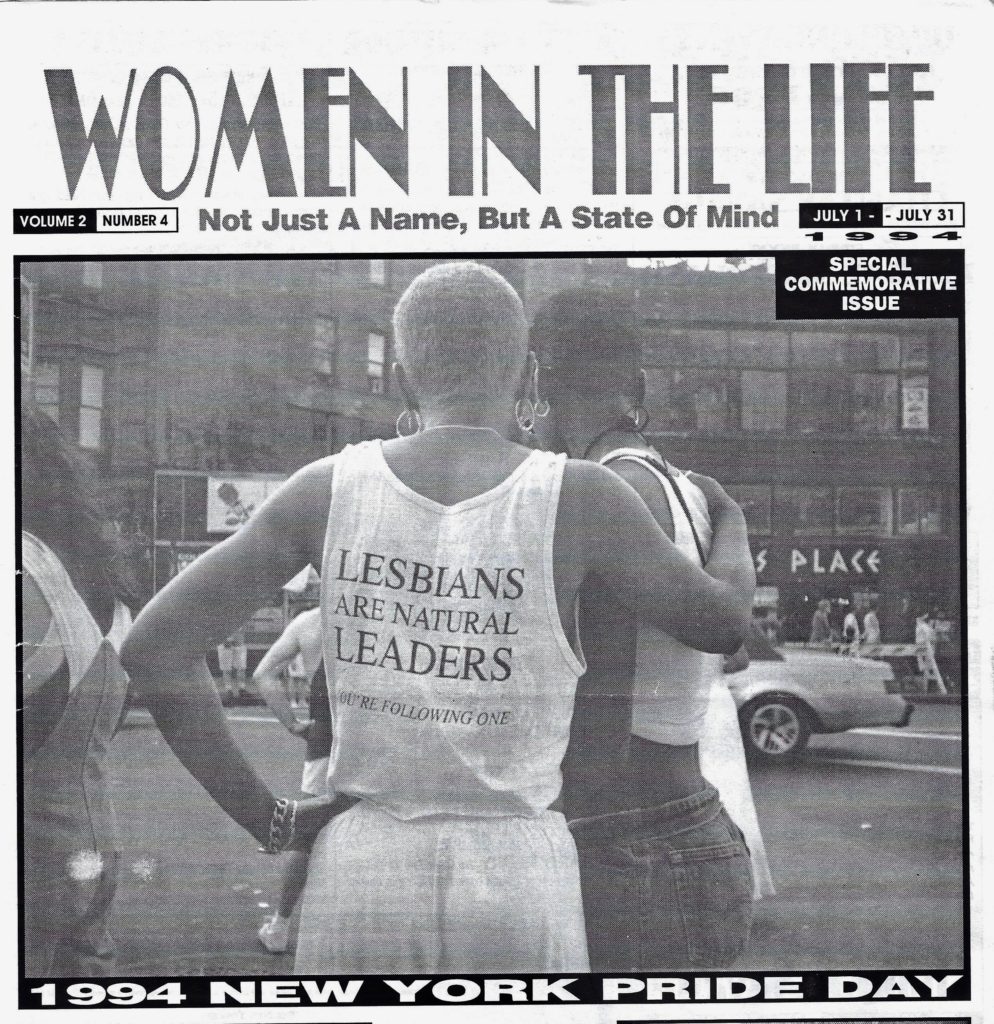
Over a ten-year period, with the help of friends Charlene Hamilton, Darlene Rogers, Chris Vera, Lois Alexander, the late Phyllis Croom and so many more, I published a total of 86 issues of Women in the Life Magazine, which addressed issues that impacted our community both in Washington, D.C., throughout the United States, and internationally. The magazine was distributed nationally.
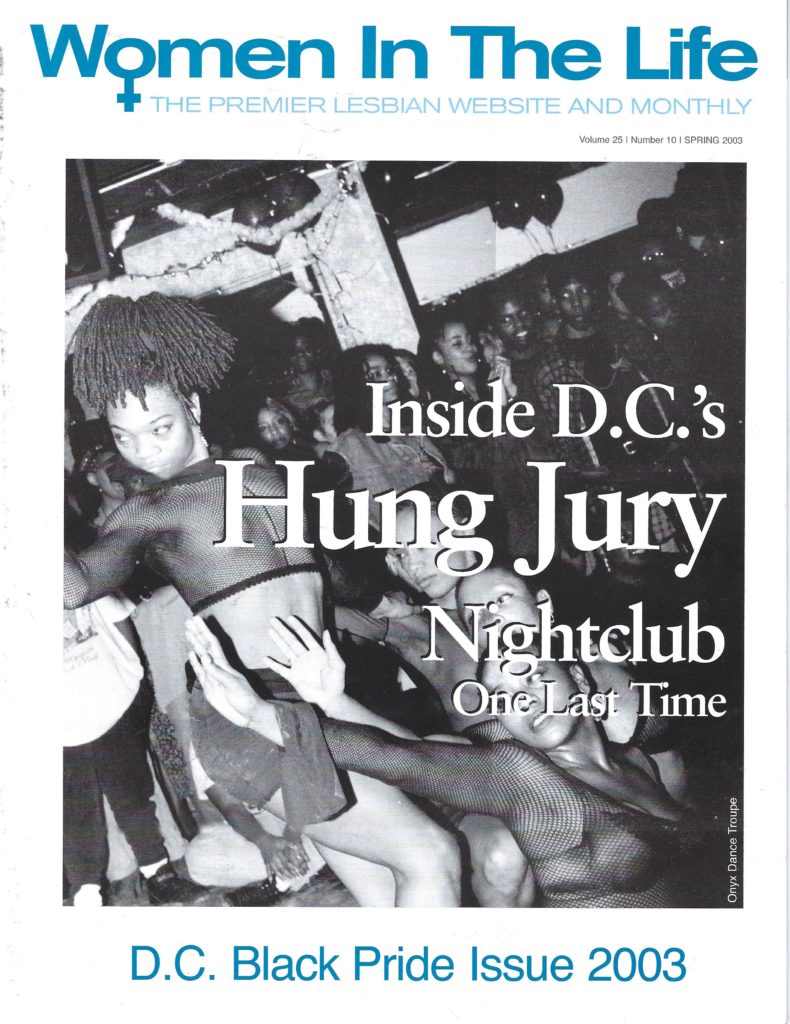
in its’ tenth and final year of publication in 2003.
In its second decade, I transformed Women in the Life, LLC into the Women in the Life Association, a social justice, non-profit organization to serve the same demographic, but in a new capacity. Two of its former board members are in this room today, my sister honoree, Dr. Imani Woody, founder of Mary’s House for Older Adults, and my mother and first role model, Dr. Clarice Reid
The primary program of the Women in the Life Association was the Wanda’s Will Project. Named in honor of Wanda Alston, it was an initiative that provided free legal workshops provided by attorneys to educate the LGBTQ community on the critical need to execute wills and advanced directives.
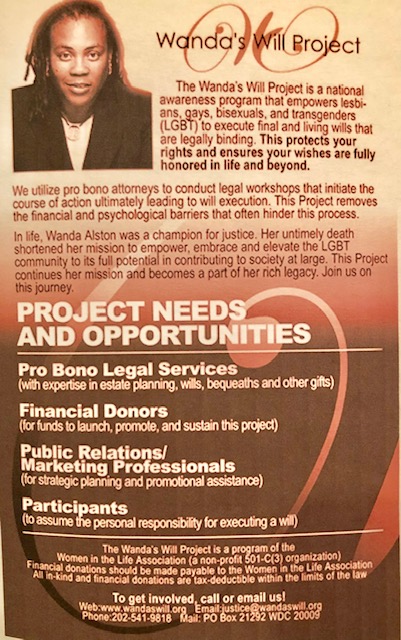
Women in the Life Association
Wanda Alston was a strategic organizer, dear friend, and mentor who held my position as head of the Mayor’s Office of LGBTQ Affairs when she was murdered by her next-door neighbor. She was a woman on fire, a force to be reckoned with, the kind of warrior you want on your team. Wanda’s death miraculously brought a fractious, segregated community together in shock, in grief, and soon into action. The Wanda’s Will Project was created in her name because she died without a will and her family did not honor her wishes nor did they acknowledge her partner of several years. This was in 2006 when there weren’t any civil unions, domestic partnerships or same-sex marriages to legally protect one’s partner.
While doing this work at Women in
The grassroots work that we all did on behalf of our Black lesbian communities was vital to our survival. Long before the internet existed, we created safe communities for Black lesbians without websites, chat groups, or blogs. We spread local and national messages that impacted our communities virally without social media. We built networks. We built movements.
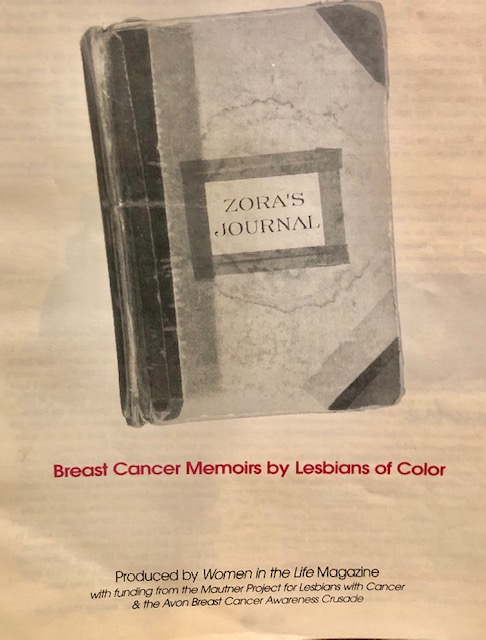
We created health programs when we didn’t have data to tell us what we already knew – that our community, the Black LGBT community, was dying disproportionately from breast cancer, AIDS, hypertension, and other diseases on a daily basis and no one was coming to save us. There were very few models to follow. We cobbled and created groundbreaking historical work — Black lesbian feminist work, social justice work, Black community work — without much if any, funding. Funders used a myopic, insufficient lens for metrics to decide if we were successful. By this, I mean success for a Black lesbian organization will not look the same as success at HRC (Human Rights Campaign) or even a Black gay organization. We didn’t have the resources or the structure. We should not have been held to a wealthy, privileged gay standard that didn’t apply to our realities. Therefore, capacity building funding was not consistent. Pharmaceutical companies poured money into male organizations promoting HIV/AIDS cocktail
Fast forward to 2018, and very few are speaking up for a community of Black lesbian/dykes over forty who feel invisible. Additionally, my demographic needs to take responsibility for not reaching out to the under forty-generation. We don’t have to buy-in to the erasure of the L-word. We don’t have to assume that queer is a negative word that equates the dismissal of lesbians who came before them.
Older privileged LGBTQ people don’t go off into obscurity. So, why should we? Their stories become movies, white papers, and historical context for the next generation. So, why aren’t Black lesbian voices, stories, strategies, and narratives viewed as valuable? They need to be protected and then leveraged as an integral part of a new intergenerational agenda.
Like sister organizations in New York, Oakland, Philadelphia, Los Angeles, Atlanta, and Sacramento, Women in the Life was created out of an idea to fill a void. Today’s void is the missing voice for the Black lesbian/
My life’s work has also brought me face to face with the next generation of very diverse LGBTQ leaders who are deeply committed to advancing the cause of social justice and fighting to retain the freedoms and rights attained by my generation and the preceding generations. I am impressed and inspired by this new generation of Black lesbian and queer feminist activists. This mantel, this torch that is being passed, is in safe-keeping.
Please don’t dismiss our strategies as irrelevant. Instead, build upon them and take them to the next level. We did not get here by accident. Millennials can benefit from our work, not necessarily our methods, but our work. This should not be a one-way street. Our herstories and your contemporary realities shouldn’t have to be pieced together. We need to strategically intertwine the past with the present to best prepare for our collective future. What we don’t know is what form it will take? What toll will it take on us to produce it and to maintain the continuum dedicated to changing the future? How do we do transformative work while we work to transform ourselves? What will it take to continue building Black Lesbian/Dyke/Queer Resilience? Let’s find the answers together because twenty-years from now you will be facing parallel questions with the next generation.
I close with the self-defined Black, Lesbian, Feminist, Mother, Warrior, Poet, Audre Lorde,who said,
“Without
Audre Lorde, Sister Outsider, (The Crossing Press Feminist Series, 1984), 112community there is no liberation. … butcommunity must not mean a shedding of our differences, nor the pathetic pretense that these differences do not exist.”
Author’s note: Many thanks to Dr. Christina Smith, Affinity Social Services’ co-founder, activist, scholar, and respected comrade who completed her doctoral dissertation on the history of Black lesbian organizations. It was a conversation with Chris in 2018 that changed my perspective on a collective future, and inspired me to both
About the Author…
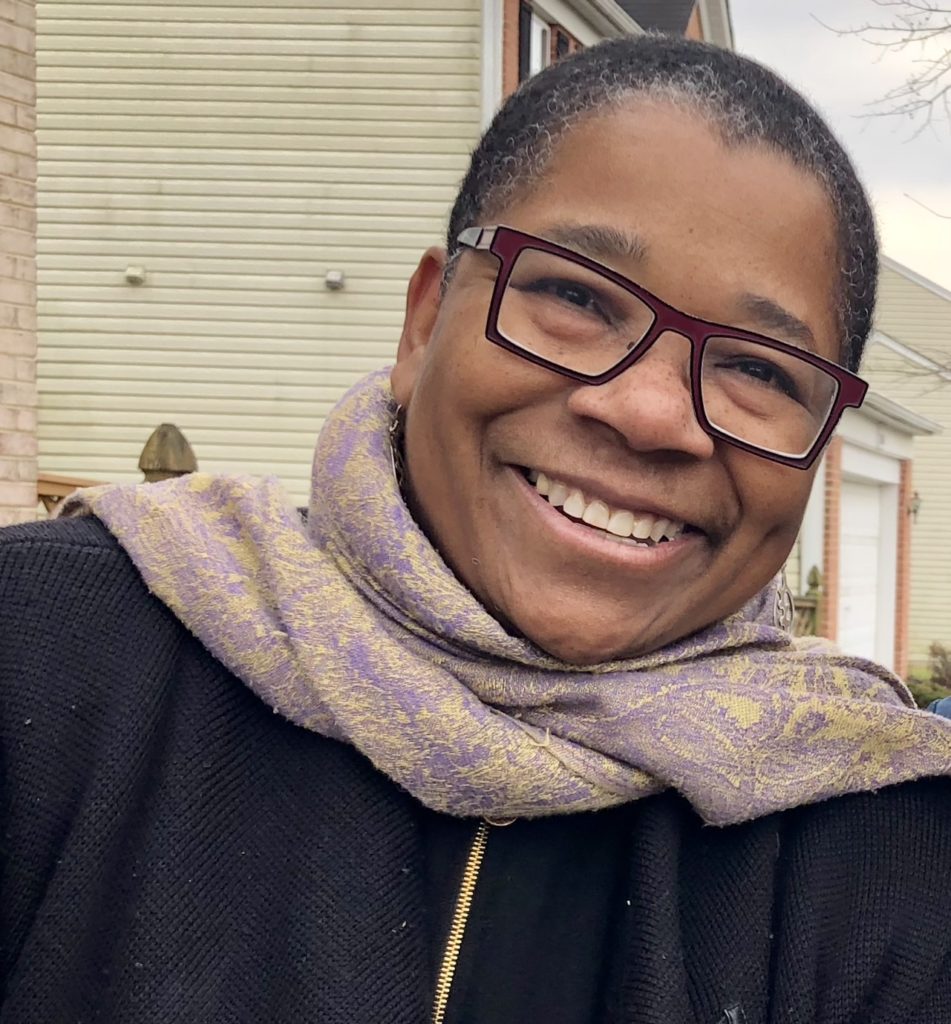
Sheila Alexander-Reid, a Black lesbian, and proud Spelman College centennial class graduate has championed causes for the LGBTQ community, young people, women of color, and survivors of domestic violence for more than 25-years. Alexander-Reid currently serves as Director of the Mayor’s Office of LGBTQ Affairs in Washington, D.C. In the early

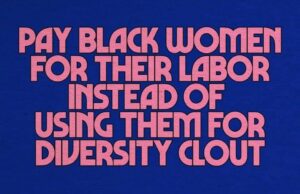
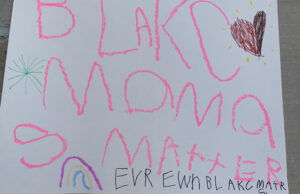

0 comments